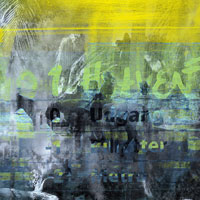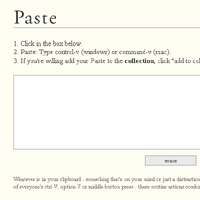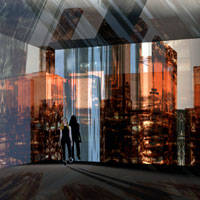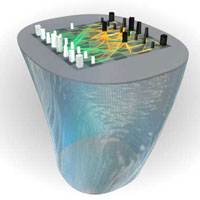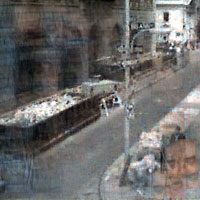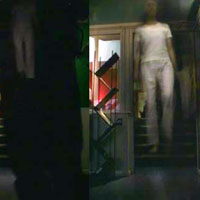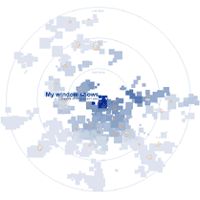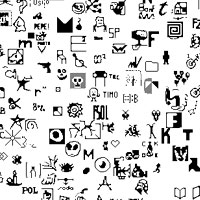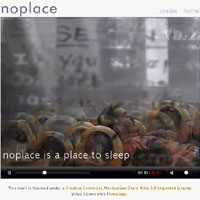 Noplace Online has launched as part of the Tate’s Intermedia series.
Noplace Online has launched as part of the Tate’s Intermedia series.
Whether paradise, heaven or a pessimistic distopia, each of us has a vision like no place on Earth. In noplace you write a few words about that place that has not yet come into being. As your write, your words trigger a set of visual associations, colliding to form a video of your ideal.
LAUNCH
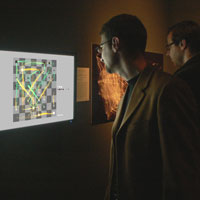 We are pleased to announce that Thinking Machine is currently installed as part of
We are pleased to announce that Thinking Machine is currently installed as part of 